The 993 generation of Porsche 911 carries a great weight of expectation. As the final air-cooled 911, it’s seen as the pinnacle of the breed by many, especially as it was the model charged with keeping Porsche’s flagship relevant up against ever more sophisticated and talented opposition from the likes of the Ferrari F355 and Honda NSX. It helps that the 993 never slipped in value in the same way its successor, the water-cooled 996, did, and that means surviving 993s tend to have been better cared for. As a result, it’s been a solid classic Porsche choice almost since the day the last version of the 993 went off sale in 1998.
Developed under the watchful eyes of Harm Lagaay and Tony Hatter, the smoother style of the 993 was still recognisably 911 in profile and lines, but shared only 20 per cent of its components with the previous 964 model. This was necessary to bring the 911 into line with the latest emissions and noise regulations, safety laws, and customer demands. One of the big changes for the 993 was the incorporation of a multi-link rear suspension in place of the torsion bar set-up used before this. Its aluminium construction made it light, while its wider track helped with high-speed stability and taming the 911’s reputation for lift-off oversteer. A good deal of other work went into making the 993 more refined and comfortable to retain its position as the supercar you could use every day.

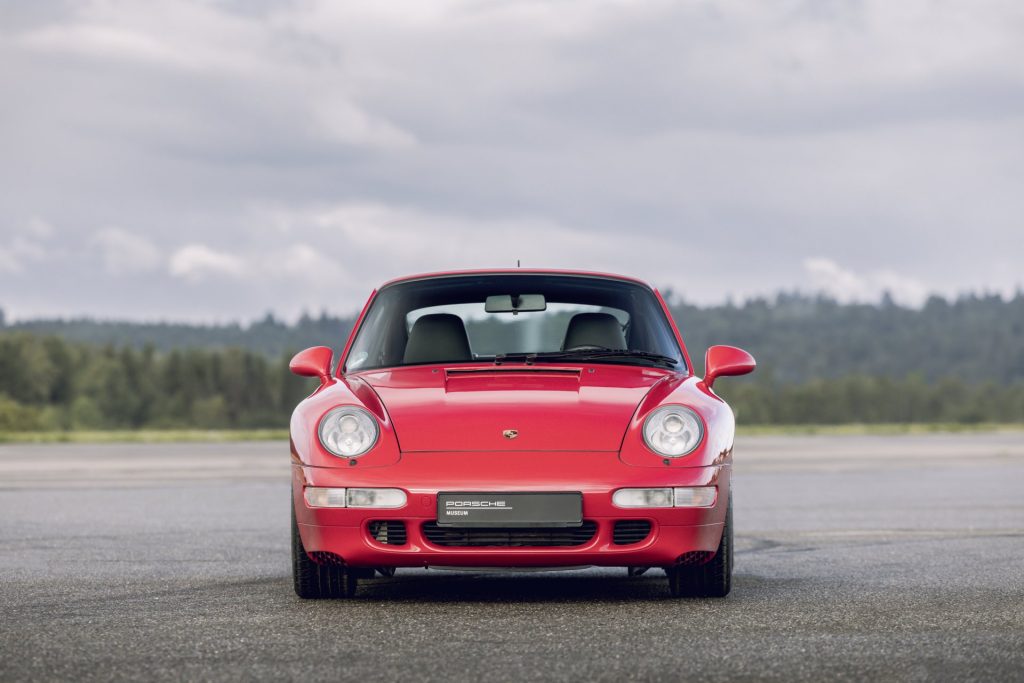
When the 993 arrived in 1994, it was introduced with the classic rear-engined, rear-wheel-drive configuration as the Carrera, with a 272bhp 3.6-litre flat-six engine. It used a six-speed manual gearbox and was offered as a coupe or cabriolet. The four-wheel drive Carrera 4 arrived in 1995.
Beyond the manual, there was the four-speed Tiptronic automatic gearbox first introduced in the 964 generation of 911. Unlike Porsche’s Sportomatic transmission from the 1970s, or Ferrari’s new-fangled F1 gearbox in the F355, which were manual ’boxes with an automated shift, the Tiptronic was a ZF automatic gearbox with manual override courtesy of switches on the steering wheel.
If the Tiptronic promised a more relaxed take on the 911 theme, Porsche quickly redressed the balance with the introduction of the Carrera RS in February 1995. The RS sported a 300bhp 3.8-litre engine, larger brakes, less weight, improved shock absorbers, and 18-inch split-rim alloy wheels. There was also a hoofing great rear wing developed from Porsche’s motorsport involvement. An RSR model was also on offer for those looking for a factory-made race car.


More was still to come from the 993 range as Porsche also brought out the Turbo in 1995, with a twin-turbocharged 3.6-litre engine producing 408bhp. The Turbo S, meanwhile packed 424 horses, and the lightweight GT2 model came with a 430bhp motor. For 1996, Porsche upped the power of the standard Carrera to 285bhp with help from its Varioram intake system. This year also saw a new take on the Targa version of the 911 with the 993’s large sliding glass roof section replacing the lift-out panel of previous Targas. You could also order a Carrera 4S from 1996, which mated the Carrera 4 drivetrain to the Turbo body with its wider rear arches, suspension, and brakes. For 1997, the Carrera S used the same combination but minus the Turbo’s brakes and suspension to make it a less expensive model.
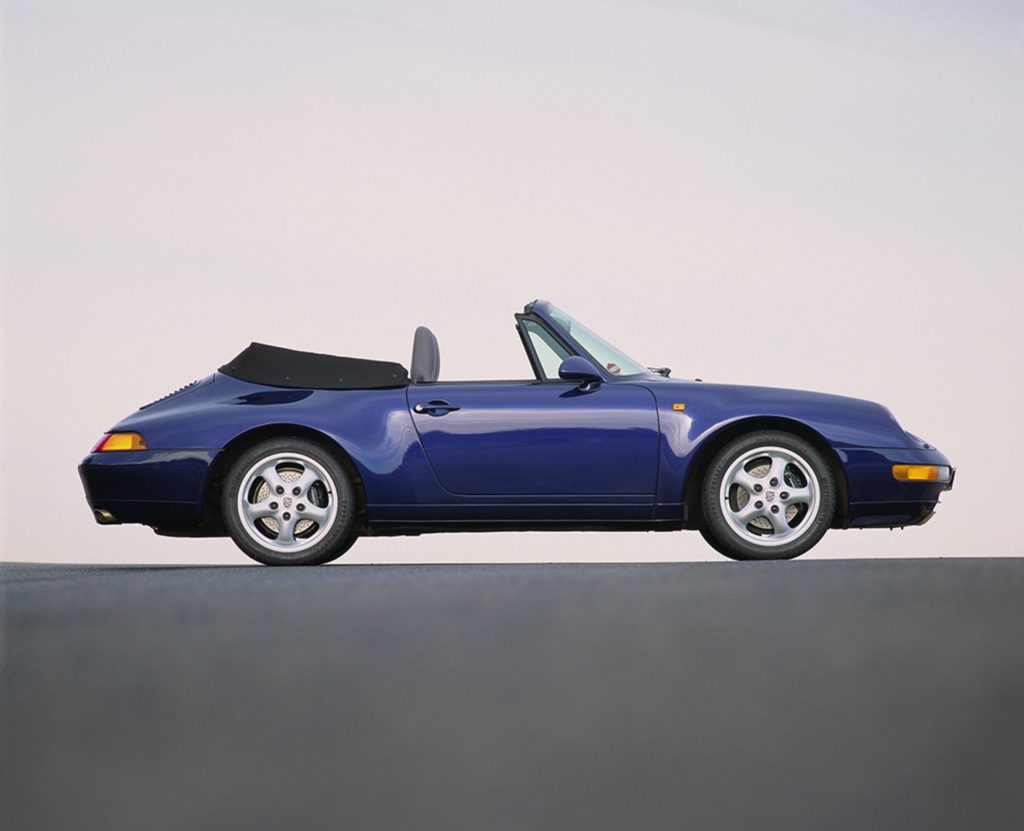
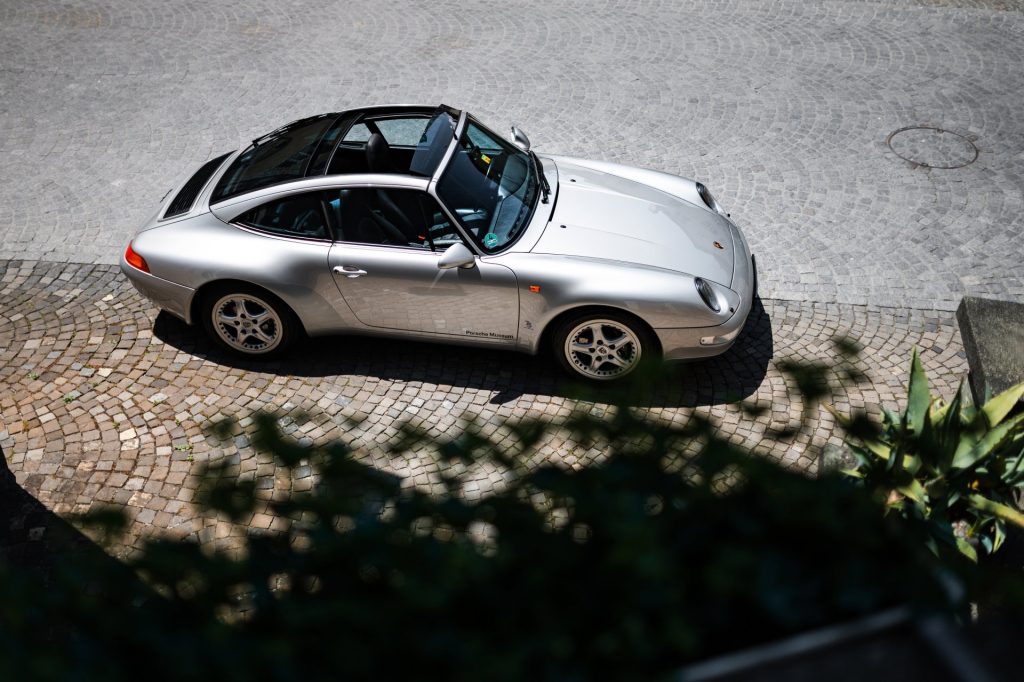
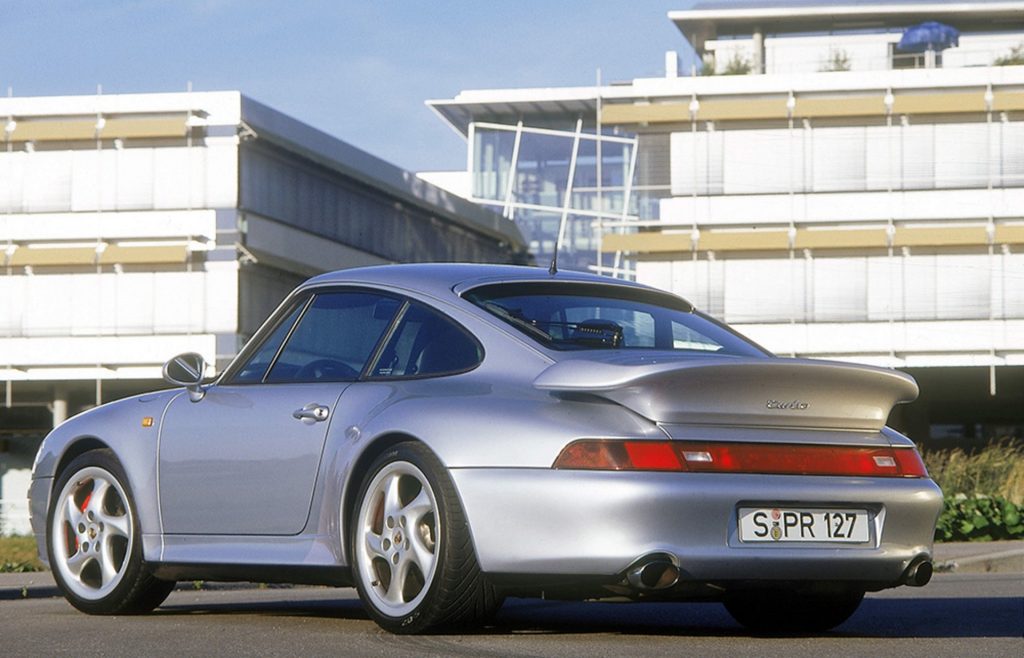
As the curtain began to close on the 993, Porsche rolled out the GT2 Evo with its 450bhp engine from the Turbo S, though only 21 of this lightweight special were ever made. Production of the mainstay Carrera and Carrera 4 models ended early in 1998, as the new 996 model came on stream, but the S, 4S, and Turbo continued up to the middle of 1998 as the baton was handed over to a very different type of 911, and the 993 started its new phase as a modern classic Porsche.
What’s a Porsche 993 Like to Drive?
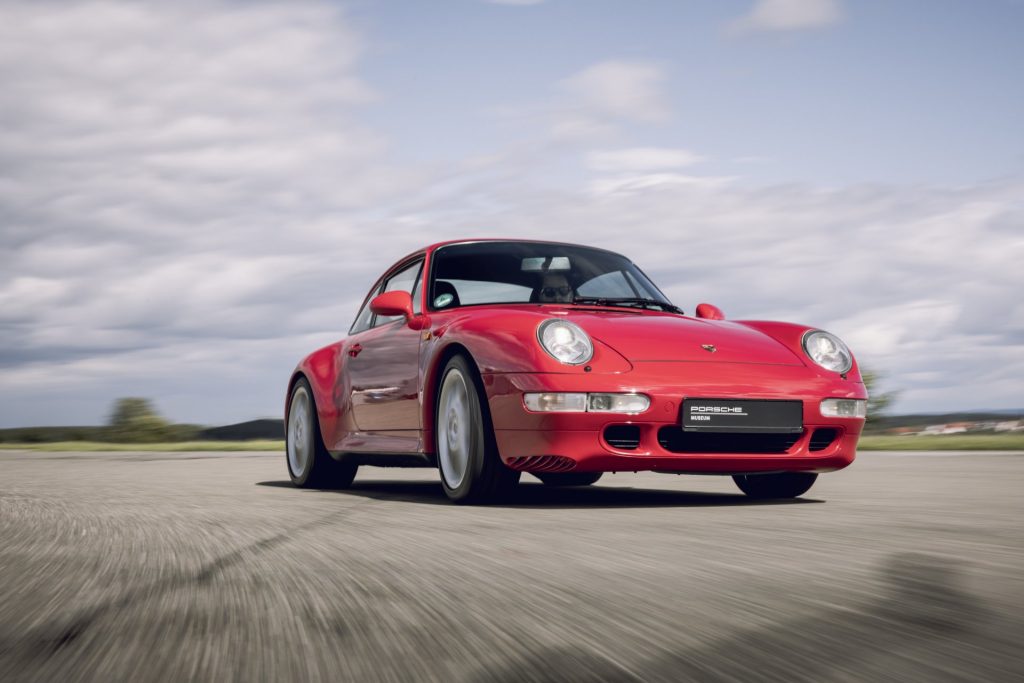
Perhaps the first thing to strike you about the 993-generation of Porsche 911 is its size. It is remarkably compact next to the latest supercars and fast coupes, and the 993 appears positively dainty in its slimmer-hipped versions. Even the Turbo GT2, and RS models have a delicacy that is missing from the subsequent 996 generation. However, the small form of the 993 doesn’t mean the cabin is cramped or claustrophobic. Far from it, as the slim window pillars give it an airy feel and excellent all-round vision, so you can park it easily and place it perfectly through a corner. The cabin also has that classic Porsche combination of granite-hewn build and surprisingly traditional, almost old-fashioned, dash design. However, it all works to provide the right information when you need it, and all of the switches are closely placed to the steering wheel. You also get a decent amount of movement in the steering wheel for reach and in the seat to fine tune the driving position.
Firing up the flat-six engine of any air-cooled 911 is a pleasure, as the mechanical chunter catches to give that trademark whirr from the cooling fan. Once warmed through, the 993 Carrera’s engine is audible in the cabin but never gratingly so on a standard exhaust. Work it further round the rev counter, where its best work is done above 4000rpm, and there’s an addictive flat-six howl that you will be coming back for time and again. This is all made easier with a short shift through the six-speed manual gearbox, though the shift itself is not the most satisfying – the GT2’s feels much better. Choose the Tiptronic auto and you can leave it to do all the work, or use the steering wheel buttons, which are not the most intuitive at first.
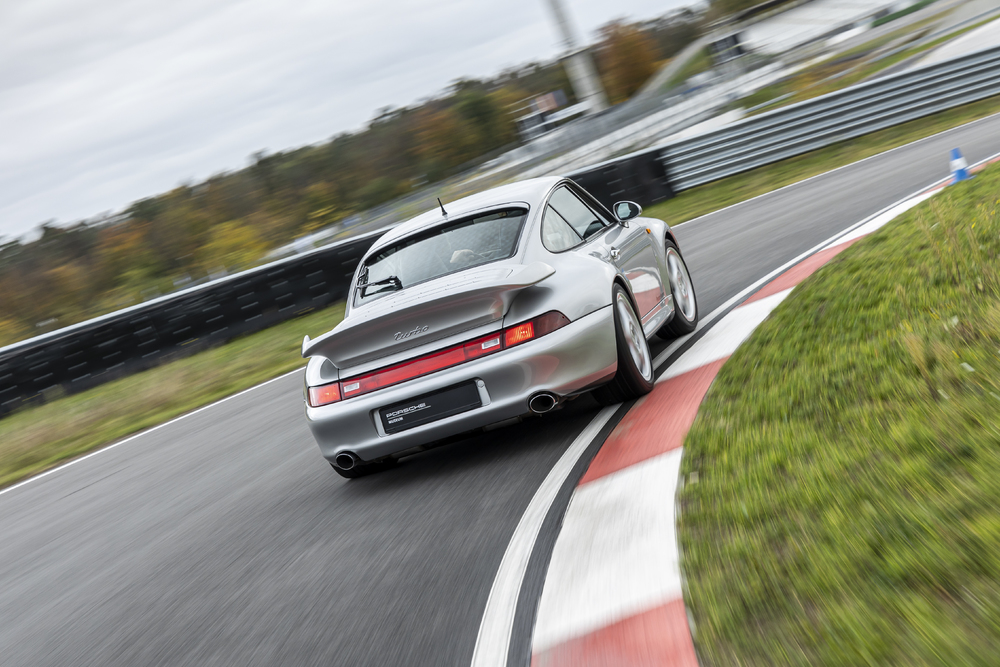
Working a 993 along any back road is only as rewarding as you make it. This is not like the latest 911s with an overabundance of power and torque. The Carrera’s engine needs to be worked and the gears used to get the best from the motor. Keep it spinning further up the rev band and rapid progress is there for the taking, while motorway cruising is also a simple task. Later cars with the Varioram set-up have a little more power, but you few will notice this and some owners prefer the early engine. In town, the 993 will tickle along without complaint.
In all of these conditions, the ride quality on the standard wheels and suspension of the Carrera and Carrera 4 is exemplary. There’s none of the thud you get with newer supercars on their rubber band tyres, and the 993’s multi-link rear set-up gives this 911 excellent traction through and out of corners. You do still have to be wary of lifting off the throttle mid-corner, but the 993 won’t snap in the way earlier 911s will. Any slips are easy to gather up with steering that’s quick without being fidgety in the hands. Some might want a bit more precision when turning into corners, in which case you’ll be better served by one of the more exotic and specialised 993 versions. For most, though, the Carrera is a good balance of accuracy and everyday ability, and you still get that classic 911 front end ‘bob’ over bumps that is such an intrinsic part of the experience.
The final piece of the 993’s armoury is its superb brakes. Again, modern supercar owners will scoff at the sizes and specs of this 911’s braking system, but the Carrera only weights 1370kg (3020lb) so the brakes are more than up to the job. Like everything in the 993, it’s all in proportion and fits the car ideally.
How Much Does a Porsche 993 Cost?
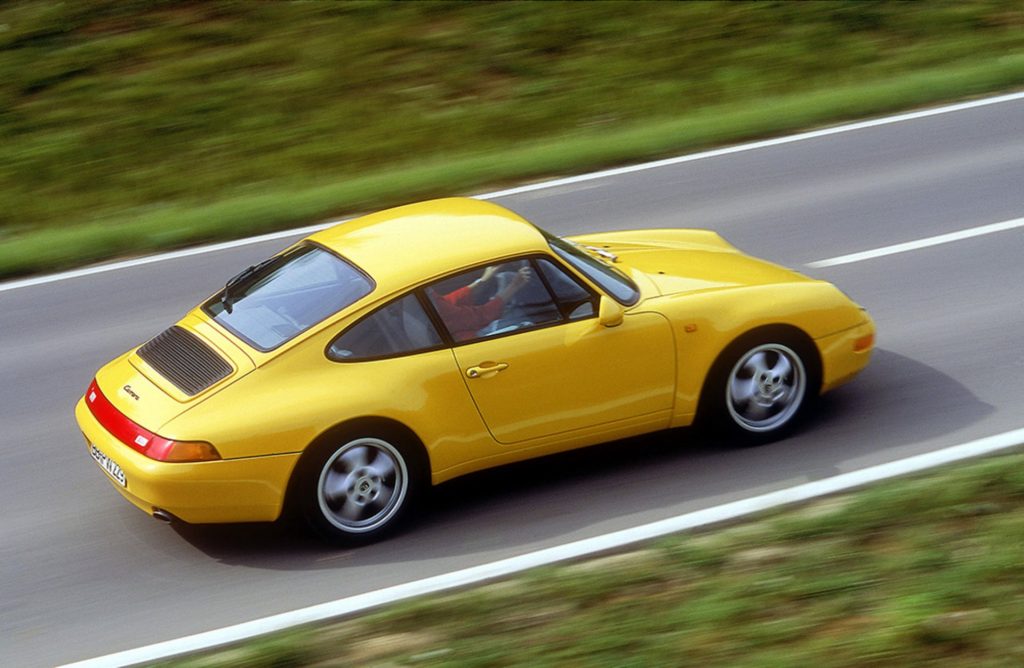
You might get lucky and find a Porsche 993 Carrera with manual gearbox in good usable order for around £32,000. For a car in this desirable spec, however, it’s likely to be a high-mileage example or need a good deal of work to bring it up to more presentable condition. The cost of that work means you’re better off spending around £45,000 for a car in excellent order already – or if you want something of collection quality, reckon on upping the budget to £60,000. Unlike with most classics, where a convertible attracts a premium, the 993 Cabriolet in the same condition as a coupe will cost between £5000 and £10,000 less. Targa prices sit somewhere in the middle of the coupe and Cabriolet, and the Targa has a small but strong following.
Carrera 2 and Carrera 4 versions of the 993 sell for much the same, and both have their advocates. More of an impact on price comes from the gearbox fitted, as most buyers now want a manual. The Tiptronic is not a bad transmission to use, but it does mute the experience a little and consequently auto cars tend to be a few thousand pounds less at sale time.

Moving up to the more powerful models of 993, the Turbo commands £100,000 in fair condition. However, most are in excellent order and around £165,000 is much more likely to feature in any sales advertisement. The very best Turbos with low miles and perfect original paint and interiors can fetch up to £230,000. The rare Turbo Cabriolet is much prized by collectors and comes with a price that starts at £500,000 for a good car, rising to £600,000 for the best. That makes the RS seem like good value with prices between £275,000 and £370,000 for good to great cars. The even more specialised RSR adds £25,000 to those numbers, while the GT2 resides in the upper atmosphere of values with prices beginning at £750,000 for a tidy example and going all the way to £1 million for the absolute best.
If all that sounds too rich for your 993 budget, how about the Carrera 4S? Sound ones cost from £60,000, while £80,000 will net you a very smart car. An immaculate Carrera 4S will reach up to £100,000.
What Goes Wrong and What Should You Look for When Buying a Porsche 993?

The first stop when looking at a 993 generation of Porsche 911 is its history folder. A bulging service history is essential regardless of how many miles the car has covered, and there’s a good argument for choosing a car that has been used more than one that’s been locked in a garage for most of its life. Lack of use can lead to leaks from dried-out seals and hoses, which can have a knock-on effect as fluids drip onto other components. Tyres also develop flat spots if the car is left for too long without moving.
Given the 993’s engine can easily see 200,000 miles without needing major work, there’s no excuse for not using the car. Oil leaks from the lower cam cover are common but simple to sort. Even if you don’t see any oil underneath the car, you might smell it as it burns off the exhaust’s heat exchangers. To check the engine’s oil level, wait until the motor is fully up to temperature for the most accurate reading and don’t worry too much if the level is not right at the top – 993s are generally simple to work on and fix, and they use a little oil in normal driving. More of a worry is high oil temperature on a test drive that could indicate a faulty cooling fan or switch.
Engine mounts can fail, which will show up as a vibration, but the gearboxes are robust and usually trouble-free. If the lever doesn’t engage smoothly, the linkage is the most likely culprit and needs to be replaced.
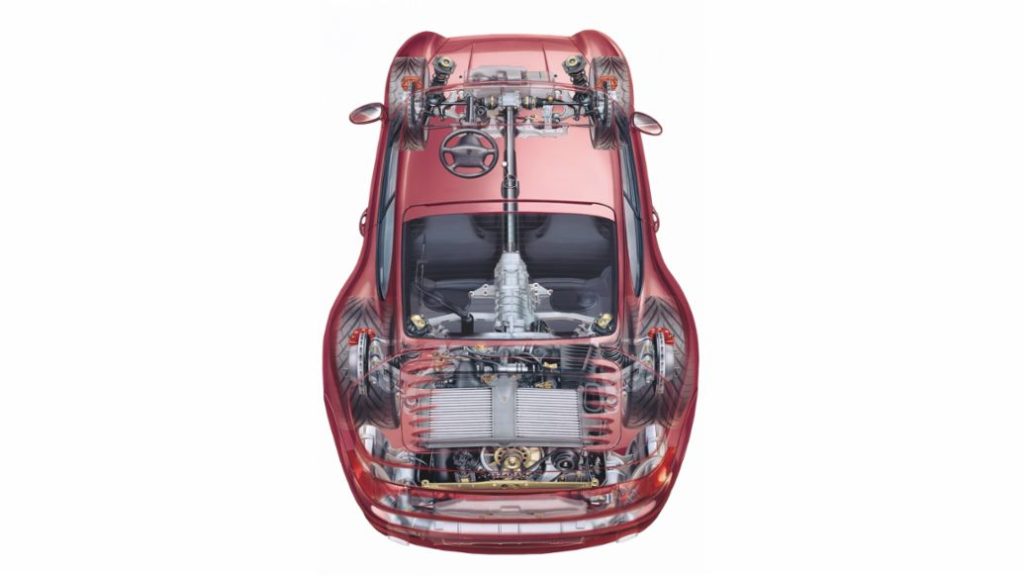
The brakes and tyres for a 993 will need routine maintenance to keep them in top order, but you might need to dig a bit deeper into the budget if the suspension needs a refresh. This is vital to keep the car driving as it should and new front lower control arm bushes are a common replacement item. If you’re doing this, new shock absorbers are a wise move, too.
Despite the 993 being galvanised from new, it can suffer from corrosion. Poor accident repairs or restoration will be a cause of much of the rust on any 993, but it’s still worth looking closely around the front and rear screens for bubbling. Then inspect around the headlight apertures, bumper brackets, rear chassis legs, and wheels.
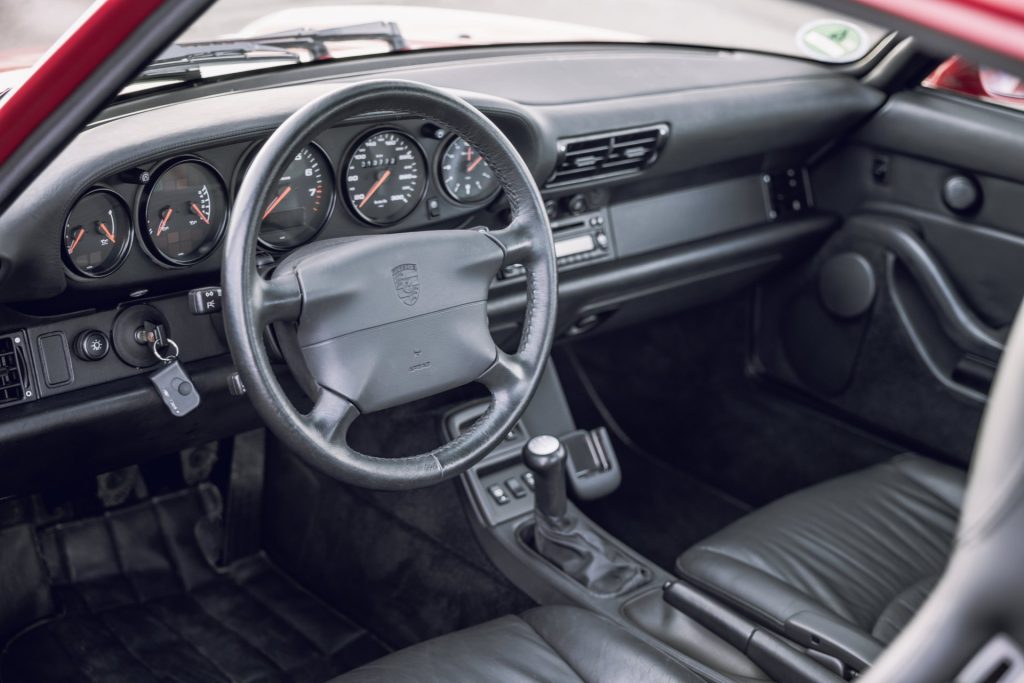
When you open the door to check out the cabin, listen for a creak from a broken door check strap. It’s a common 993 issue and one that’s fiddly and can be expensive to put right. Once inside the car, all of the leather and carpet should be in sound condition, and the electrics should all work. Electric windows and seat adjusters can fail, but are not too pricey to put right. A malfunctioning sunroof is more of a worry, as this is costly to repair. The same applies to the air-conditioning system, so check it blows chilled air as it should. A new air-con compressor and pipework will run into a four-figure bill. If you’re looking at a Targa or Cabriolet, be sure the roof mechanism works smoothly and, with the Cabrio, the fabric of the hood is free from tears.
Which is the right Porsche 993 for you?
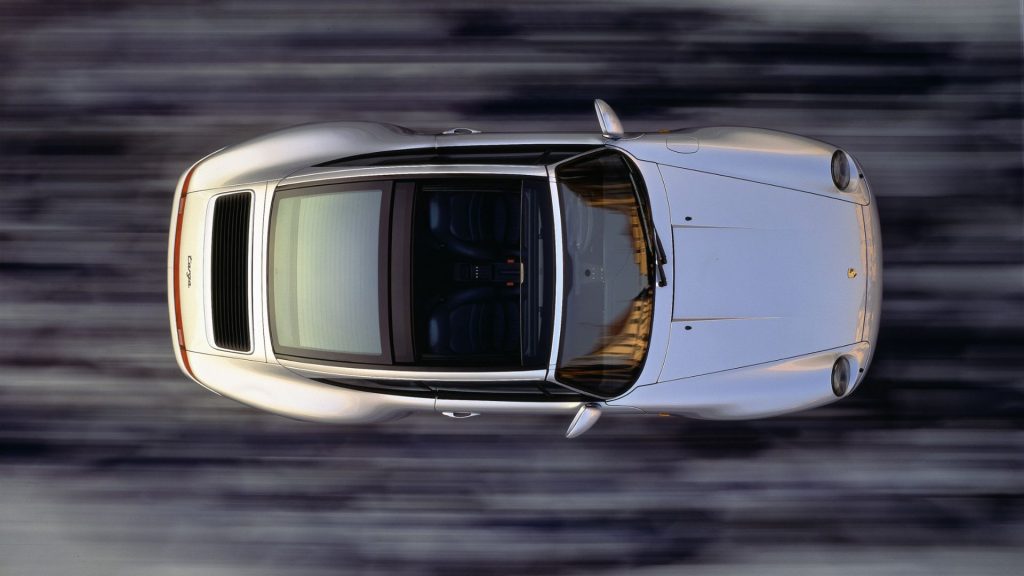
Any Porsche 993 is a hugely satisfying car to own and drive regularly, and they are capable of being daily driven quite easily without breaking the bank. Fuel economy of around 30mpg is possible in normal driving in the Carrera 2, so even running on premium fuel shouldn’t be extravagantly expensive. Opt for one of the faster turbocharged models and running costs rise proportionately, along with servicing and insurance.
All of this points to the Carrera 2 coupe with the six-speed manual gearbox as the sweet spot in the range. It’s hard to argue otherwise unless you have your heart set on a Cabriolet or Targa, which are both great choices with the added appeal of some fresh-air driving. The Carrera 4 is also a superb car with added traction if you intend to use the car all year round.
Anyone looking at a GT2 or RS version of the 993 will already have made up their mind that this is the car for their collection, but don’t rule out the Turbo or Turbo S. These two are supremely quick cars even by today’s standards and are much more affordable than their rarer sister models. The same applies to the 4S and S models with the look of the Turbo but easier-to-maintain standard engines that make them a sound bet for regular use.

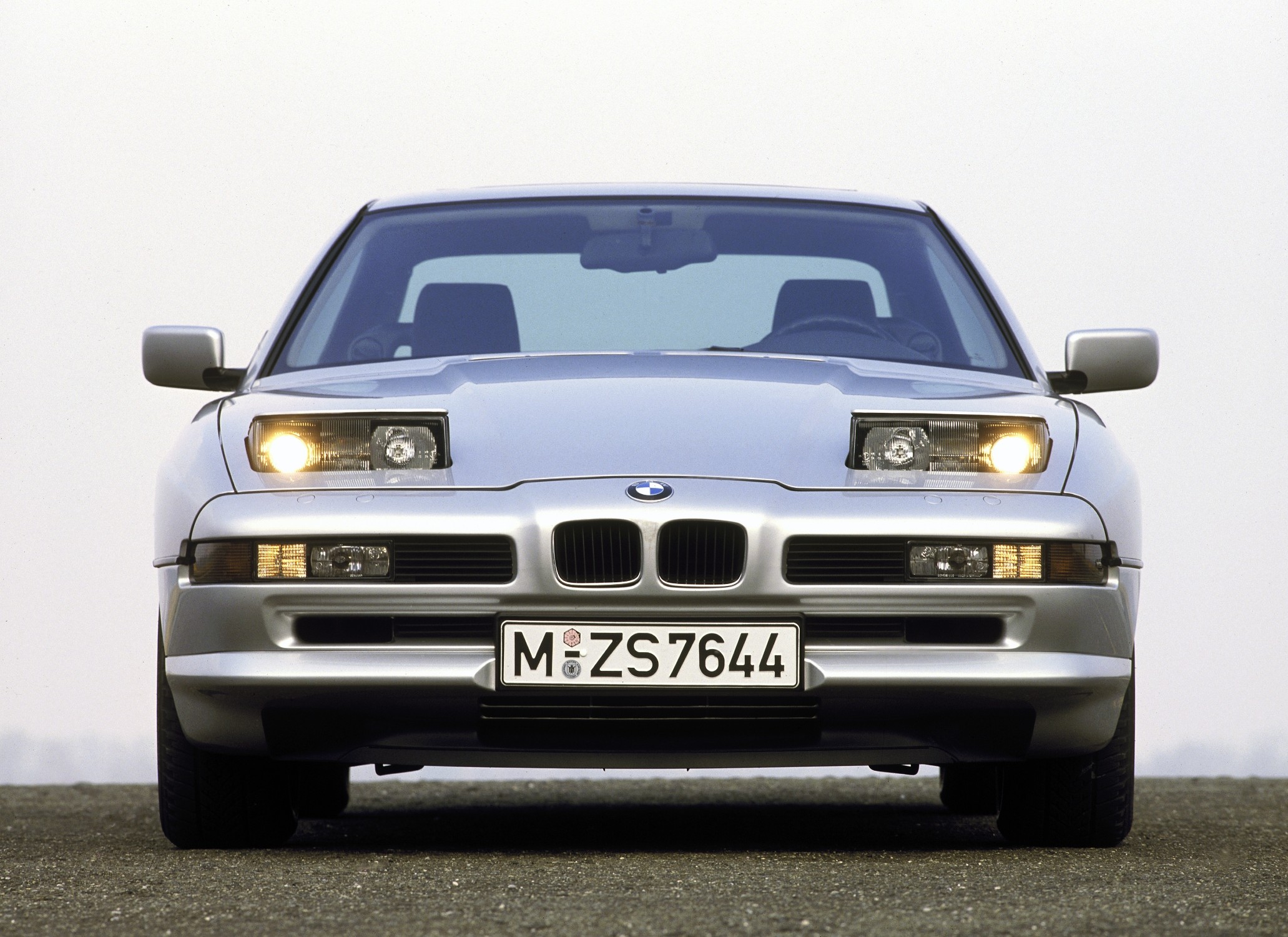


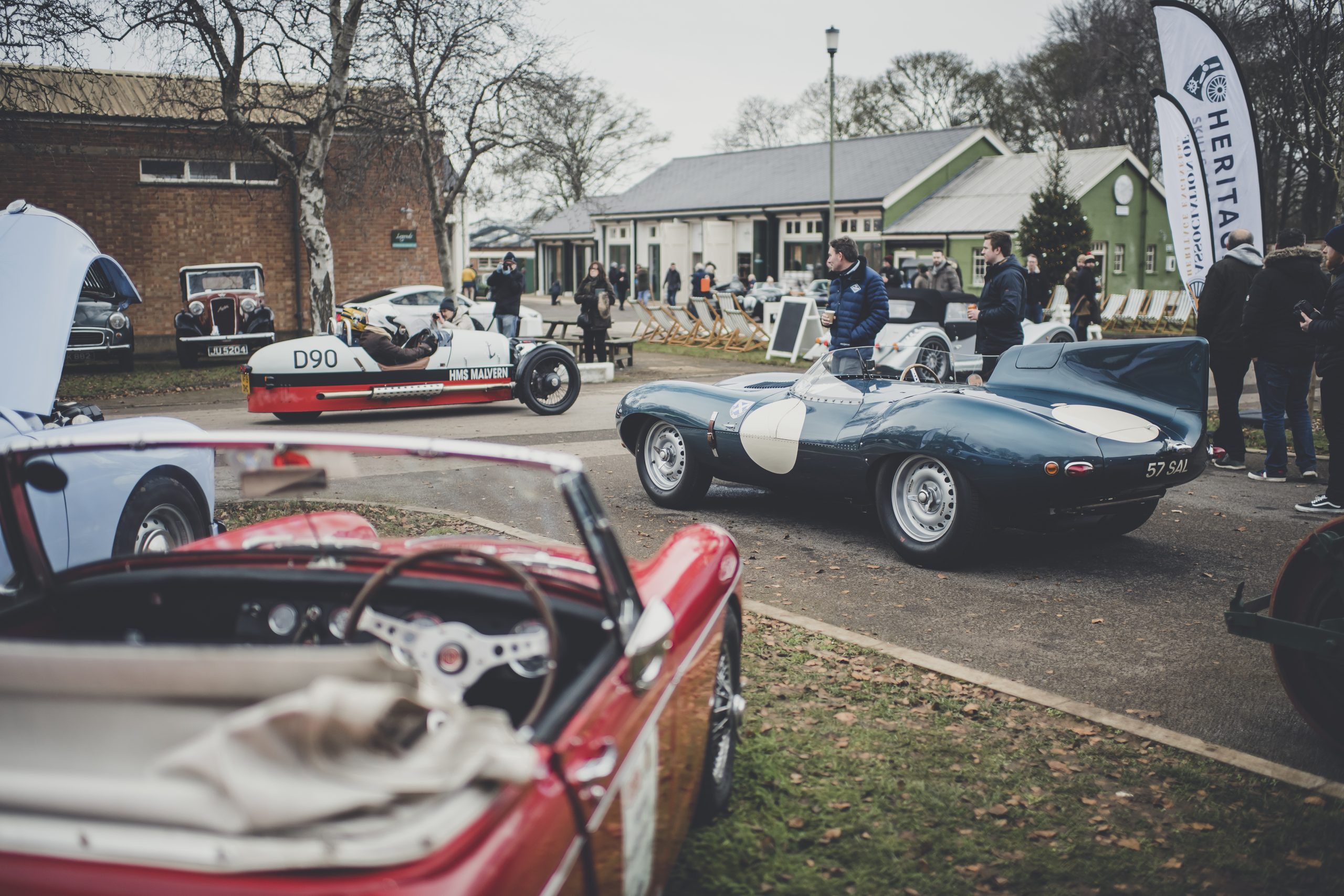
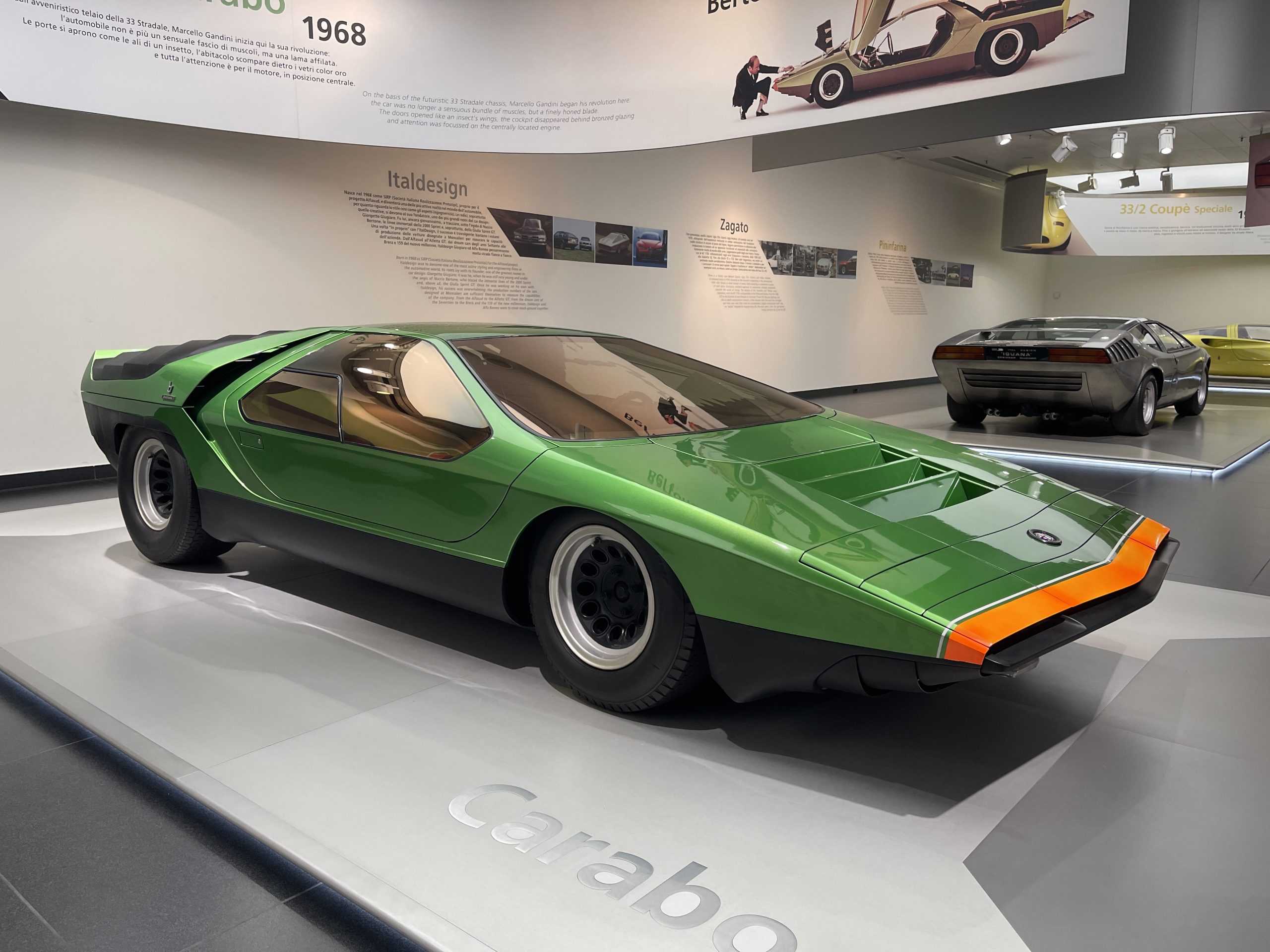
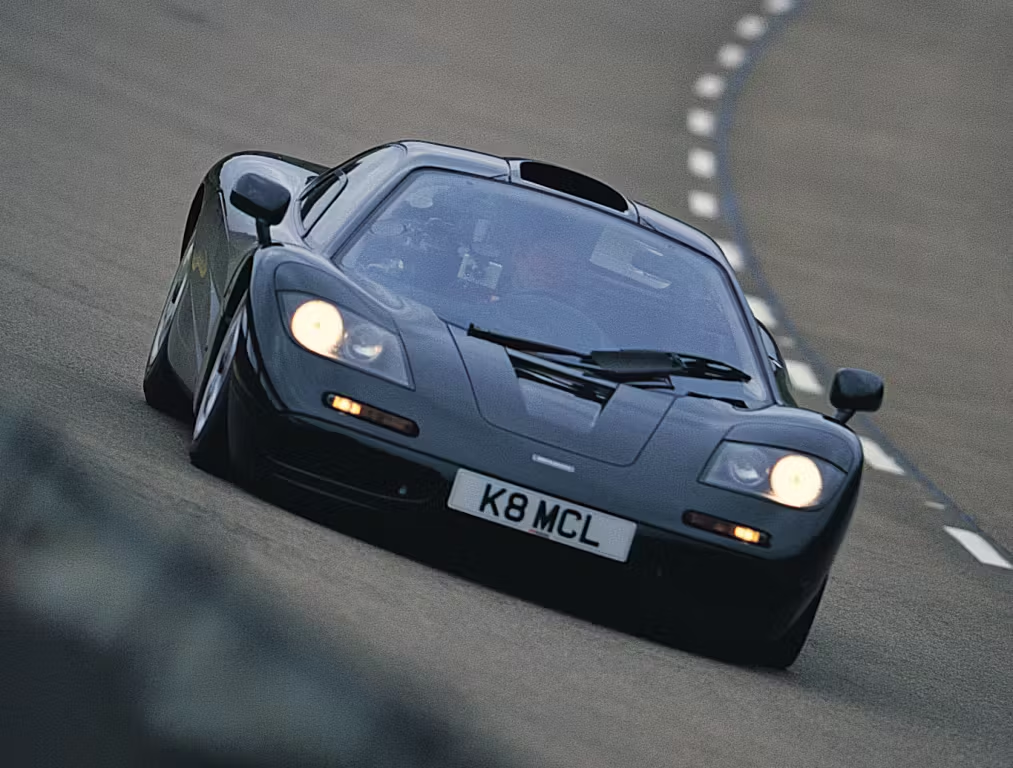

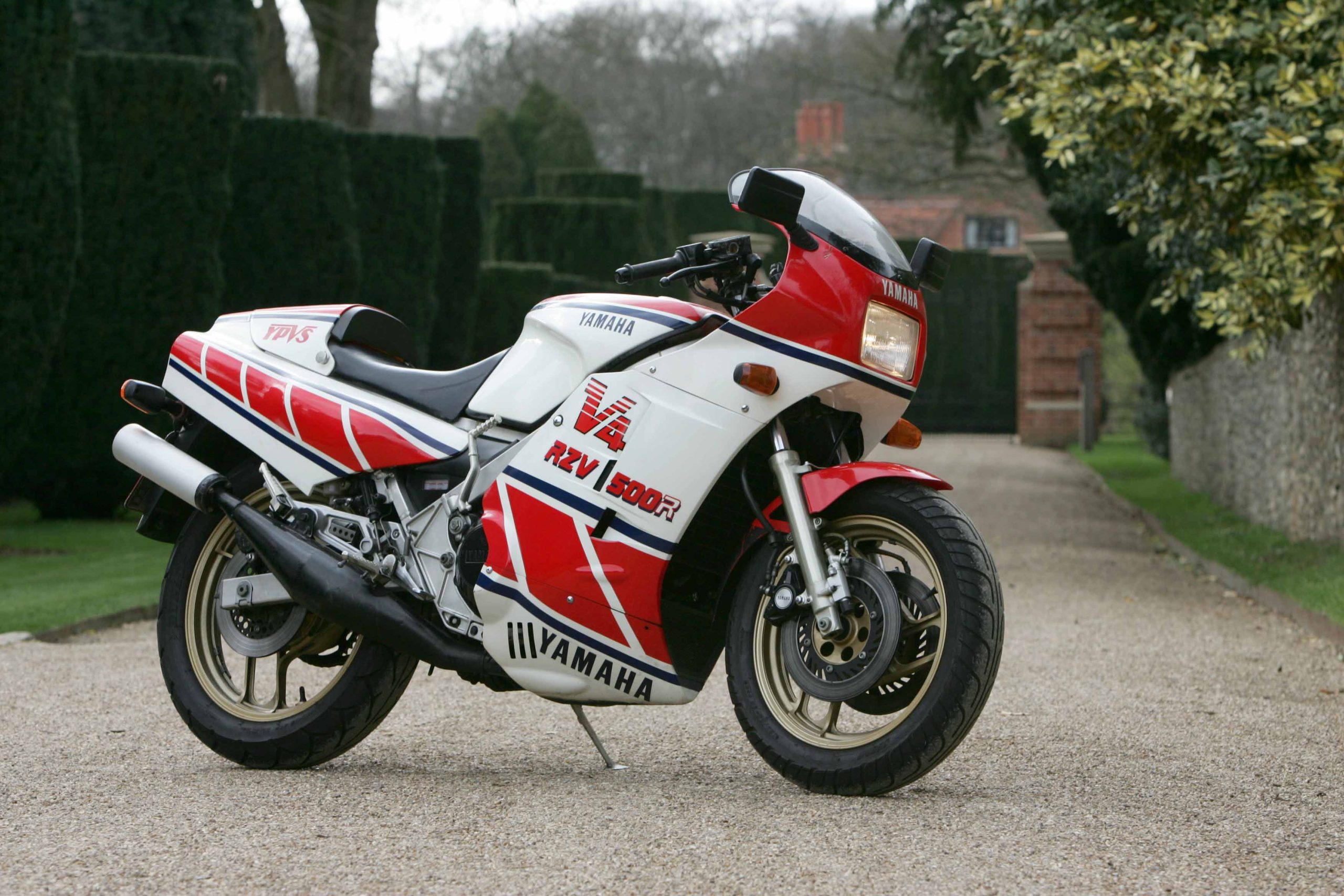
What are these valuations? From year 2004?
“You might get lucky and find a Porsche 993 Carrera with manual gearbox in good usable order for around £32,000”
That’s the most insane thing I’ve read in DECADES. You can’t buy a good manual C2 under 80K dollars anymore. What is this article? Absolute nonsense!
Very true!
I purchased a 911 Carrera 2 last October.
Great shape modified with RUF wheels, Bilstien coilovers,an RS steering wheel, a TURBO style wing,front spoiler, short shifter, and new exhaust.
88k